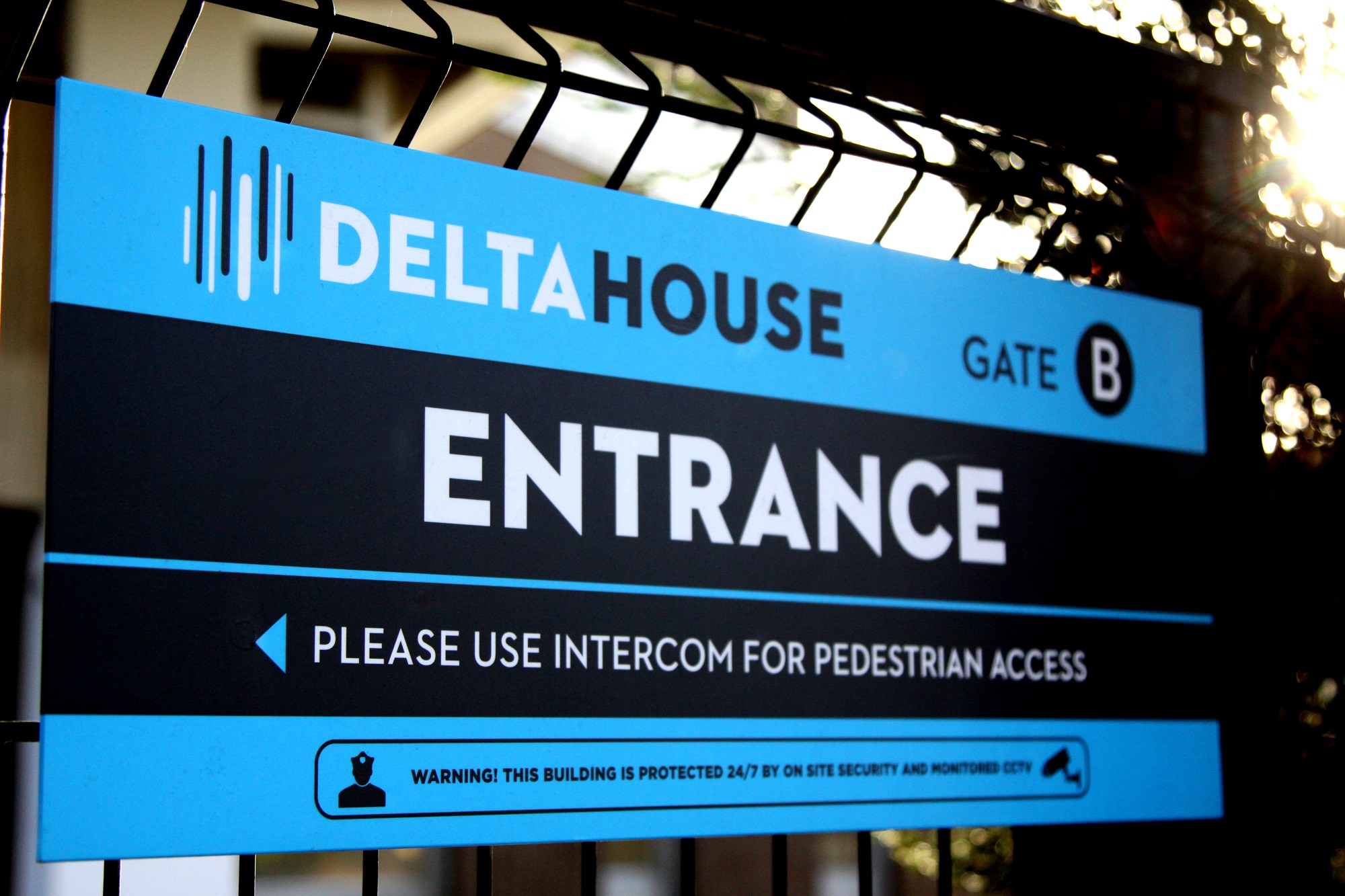
Deciphering the impact within your organisation and how to mitigate against it
In the swiftly evolving landscape of software development, architecture debt is a lurking menace, often overlooked yet impactful. Like its close relative, technical debt, architecture debt refers to the additional cost and effort needed to maintain and enhance software due to earlier architectural decisions that are no longer optimal.
Architecture debt arises when expedient decisions are made for short-term gains, sacrificing long-term stability and scalability. This could be due to business pressures, tight deadlines, or simply a lack of foresight. Whatever the cause, the repercussions are significant and multifaceted.
The primary consequence of architecture debt is reduced agility. As the software grows, making changes or adding features becomes increasingly complex and time-consuming. This not only slows down development but also inflates the cost of maintenance. In an industry where speed and efficiency are paramount, this sluggishness can be a critical handicap.
Unlike technical debt, which often manifests through tangible issues like bugs or performance problems, architecture debt is insidious. It’s an invisible burden, felt more through the increasing difficulty in adapting to new requirements or integrating with modern technologies, rather than through obvious flaws.
Reality
Both architecture and technical debts can manifest in various forms, often hindering future development and negatively impacting future maintainability, scalability, or adaptability of the software solution. Each type of debt shares the common trait that, if not managed properly, they can lead to increased costs, delayed releases, and reduced software quality over time. However, the nature and scope of their impact differ, necessitating different strategies for identification, management, and resolution.
Architecture debt refers to the cumulative consequences of decisions made in the software’s architectural design or inadequate adoption or implementation of the architecture. It spans all aspects of software designs and all architecture domains: business, information, application, security, technology, infrastructure, support and sustainability.
Technical debt encompasses the range of technical sub-optimal decisions made during software development. This includes quick fixes, coding shortcuts, outdated libraries, or delayed refactoring, which may expedite development in the short term but lead to increased costs and problems in the long term.
Examples of Software Architecture Debt
Poorly chosen technologies
Selecting a technology stack that doesn’t align well with the project’s long-term needs can create significant debt. For instance, choosing a database that doesn’t scale well for a data-intensive application.
Lack of modularity
A tightly coupled system where components are not modular makes the system less flexible and harder to maintain.
Ignoring non-functional requirements
Overlooking aspects like scalability, security, and performance during the design phase can lead to substantial debt.
Inadequate design documentation
Poor or outdated documentation of the system architecture can lead to misunderstandings and increased effort in future modifications.
Overengineering
Implementing overly complex solutions or adding unnecessary features can create debt by making the system more complicated than it needs to be.
Technical inconsistencies
Inconsistent coding standards or design patterns across different parts of the application can cause confusion and maintenance difficulties.
What not to include in the Architecture Debt
Code-level issues
While important, specific coding issues like syntax errors or minor bugs are not usually considered part of the architecture debt. These are more aligned with technical debt at the implementation level.
New features
Changes in trends, requirements, or technological advancements, though impactful, are not categorised as software architecture debt.
Personal preferences
Individual preferences for certain technologies or design patterns, which don’t have a significant impact on the system’s long-term viability or maintainability, are not architecture debt.
Solution
The solution lies in proactive management and regular reassessment of the software architecture. This requires a commitment to continuous learning and improvement, as well as the willingness to make tough decisions, like refactoring or even rearchitecting parts of the system when necessary.
Our incremental, strategic refactoring approach enables making small, manageable changes over time rather than attempting large-scale, risky and resource-intensive overhauls. Such an approach also helps in making informed decisions in prioritising and planning,
Keeping an up-to-date record of the software architecture debt and managing its resolution is paramount to reducing its longer-term impact. Such a record must be aligned with the delivery, security, and engineering processes and capture deviations from designs or widely spread technical debt.
Having a register is just one step of many in managing debt. A comprehensive process should comprise of:
- Regular architecture debt reviews that include impact analysis and debt prioritisation
- Planning and strategy that is supported by roadmaps and aligned with resource management and objectives
- Support implementation with incremental architecture improvements and quality reviews
- Documented architecture decisions and designs
- Having feedback loops from all domains to continually assess the effectiveness of architectural debt management strategies.
Managing architecture debt is not just a technical challenge; it’s also a cultural one. It is important to cultivate a team culture that values quality and long-term health of the software as much as immediate feature development.
Educating on current best practices, emerging technologies, and architectural patterns can help prevent the accrual of new debt and guide the effective management of existing debt.
Architecture debt is a silent killer of software efficiency and agility. Recognising and addressing it is not just a technical necessity but a strategic imperative.
Our architects, equipped with 6point6’s tried and tested architecture methodology and tools, transformed the liability of architectural debt into an asset for many organisations and projects, enabling continuous improvement and innovation.
Seb Trebaczkiewicz, Associate Director of Enterprise Architecture at 6point6
Having spent over 20 years working within transformation and business change, Seb has a track record for leading and delivering successful digital transformation, innovation and integration projects for both public sector organisations and private sector enterprises.









